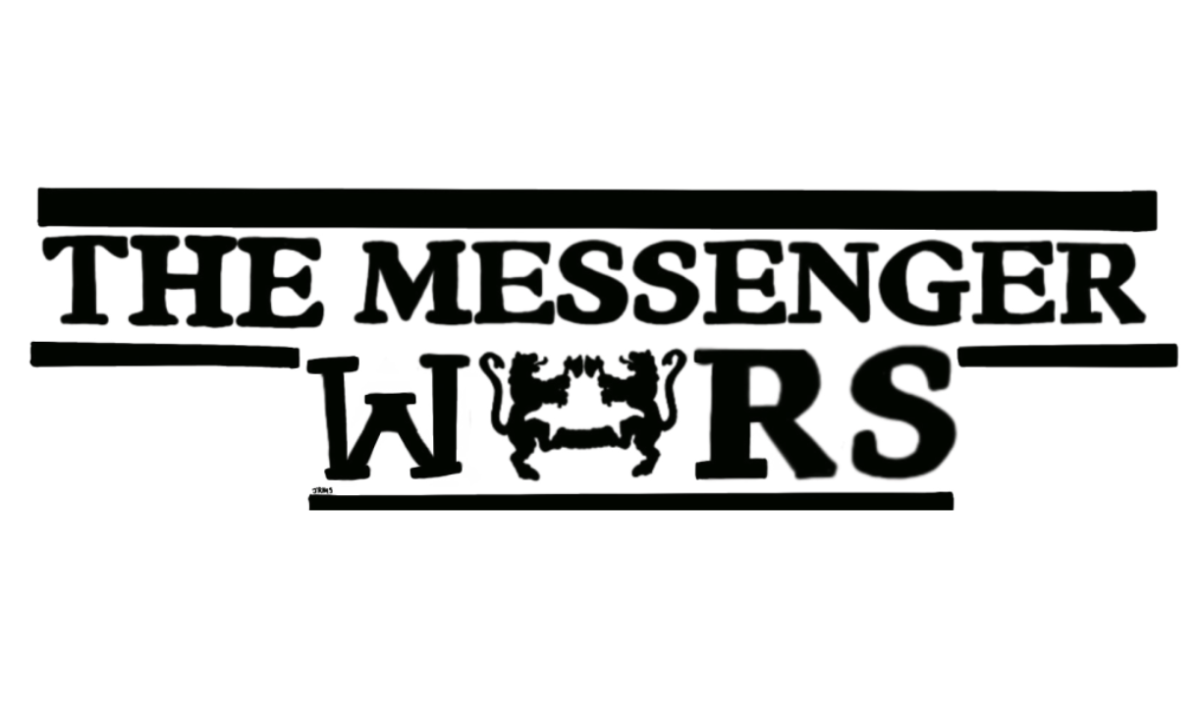How racially diverse are college campuses? This question seems to be in the air this spring as affirmative action court cases, the date for committing to a college and the overall competitive nature of admissions have been in the news. For St. Olaf students, this conversation follows right on the heels of the diversity panel, where the true amount of diversity on campus was debated.
According to the New York Times’ writer David Leonhardt, the number of international students getting into Ivy League Colleges is increasing, making it harder for Americans to get in. While St. Olaf students were worried about the false representation of diversity on campus and wanted to see an actual increase, Leonhardt claims that having more international students is actually the problem.
In his article, he cites that ten percent of students in Ivy League schools are now international students, which is almost double what it was in the 1990s. By limiting the number of American students in Ivies, are we limiting our own society’s success? This doesn’t seem like such a startling statistic – actually, it seems a little low.
People have been claiming that the benefit of diversity is to expose American students to other cultures, an idea I have always found a little odd, as if the international students become ambassadors for their entire country just because it is different from the U.S. However, there is the simple fact that we are becoming more global. By opening our eyes to people with different racial and ethnic backgrounds, we can shape our education more fully.
Furthermore, study abroad trips are on the rise, especially at St. Olaf, which has one of the top international programs in the country. Why not incorporate more perspectives in an environment where questioning stereotypes and pushing boundaries are essential?
What does it mean that this trend is happening in the Ivies more prominently than in other schools? Today, I’m not convinced that an Ivy League education is necessarily all that much better than an education from many other colleges. The idea of the “liberal arts” deems that the education should be different at every school and for every student, but quantifying that amount of learning becomes difficult.
In fact, the Ivies could probably stand to increase their diversity with international students because of their rich, privileged, “white boy” stereotype. Mourning the loss of this stereotype hardly seems like a detriment to the schools or their students’ learning.
The only concerning aspect in the increase of international students at Ivies is that it might only be pretending to solve a problem. The majority of international students are from well-off families and from the upper class in their own countries. So while administrations may think that they are “exposing their students to new cultures” by admitting international students, a lot of the time they are in fact filling their halls with similarly upper-class students from different hometowns.
Some large public universities, however, charge international students more to attend, which explicitly limits them from bringing in more international students overall. The ones that are able to attend come from the upper-class elite. So at the very least, the Ivies are encouraging a more global student population, but not necessarily a more diverse one.
Is it true that all colleges need to question what they mean by “diversity”? Maybe not, but there will be many more complications as we move toward a more global society if these problems are not addressed. Hopefully in the future, the playing field will be even and we won’t even need denotations of “people of color” or “international students” as markers of diversity. Colleges will be able to choose students solely based on what the college can offer the student and what the student can offer the college.
Kassandra DiPietro ’15 [email protected] is from Appleton, Wis. She majors in English.
Graphic Credit: EMMA JOHNSON/MANITOU MESSENGER


